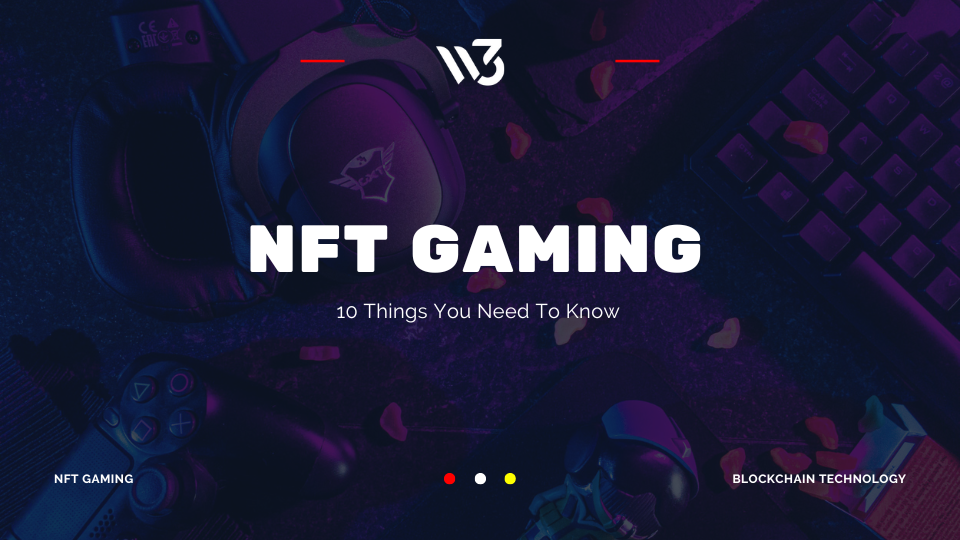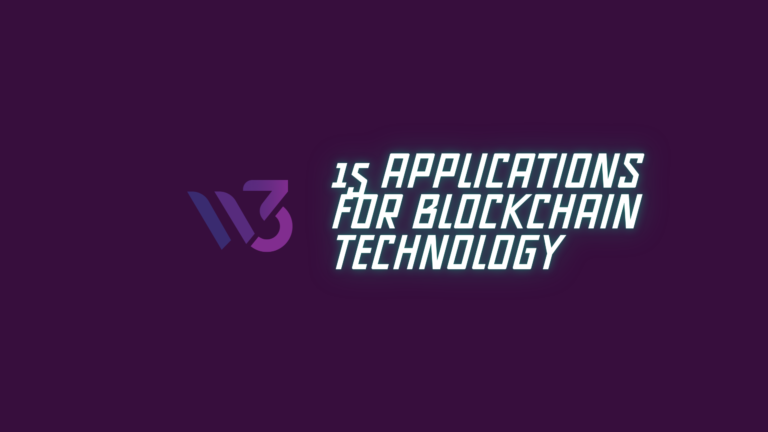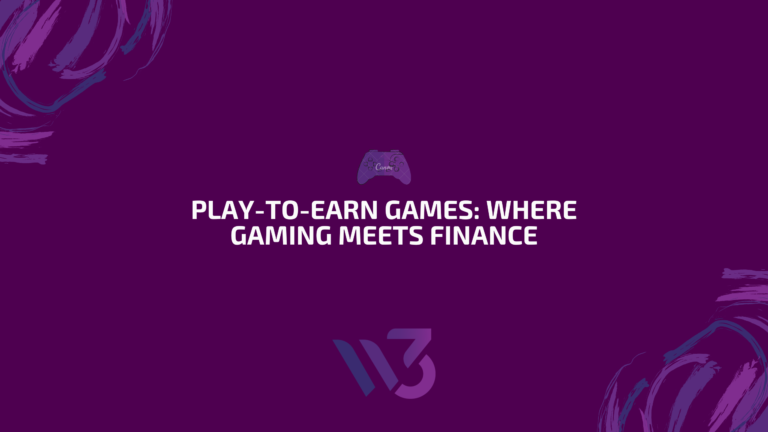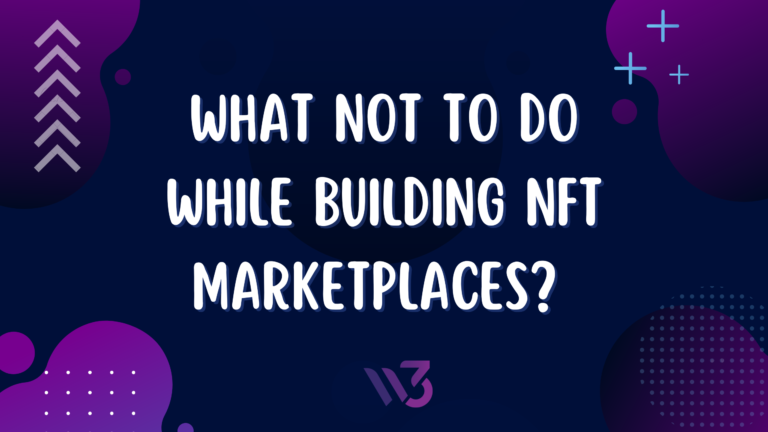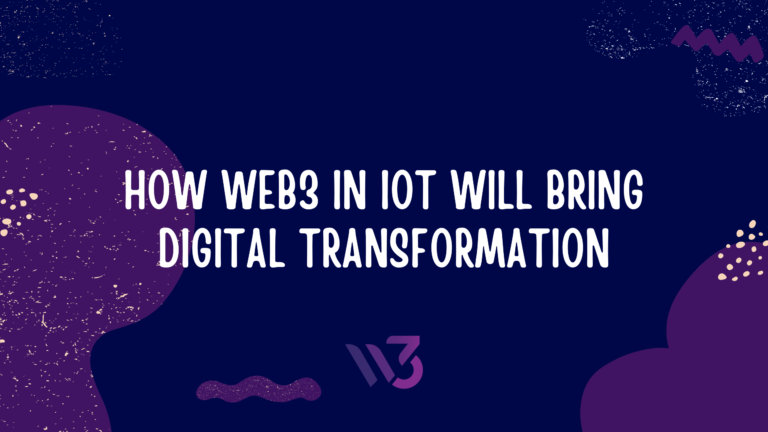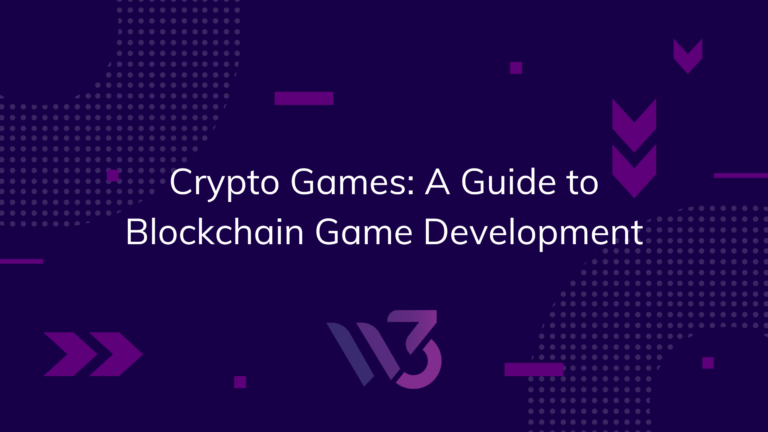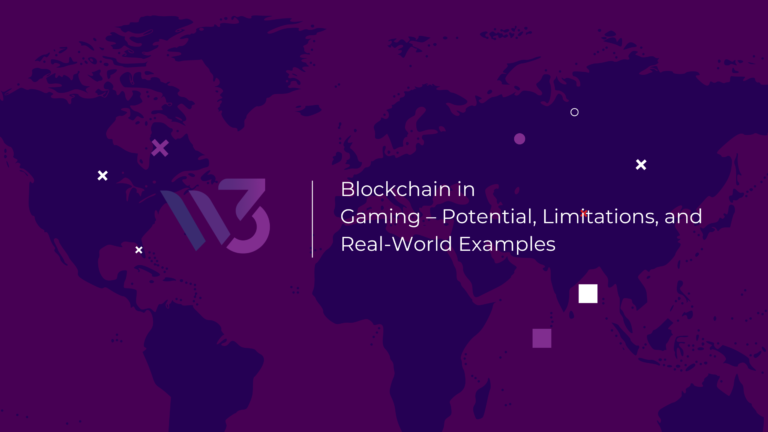It’s inevitable that NFT gaming will take off. NFTs, or non-fungible tokens, are a digital currency held on a blockchain that can track ownership of an asset wherever it goes, and can offer resell percentages to past owners. The act of seeking out rare items, collecting limited trinkets, and unlocking scarce art and souvenirs to hold and cherish should be a no-brainer for the world’s 3 billion gamers.
However, for many NFTs are still a hard sell. They can be complex and suffer from poor UX design (get ahead of this with our UX Design Foundations course). There’s an inherent volatility, and the environmental impact of NFTs, in their current use is hard to ignore. For gamers particularly the spectre of loot-boxes still prevails – these paid-for random boxes of items sucked cash from players.
But NFT gaming is one of 2022’s biggest new NFT trends, and it will be hard for developers and publishers to ignore. We explain more about what are NFTs? in our in-depth feature, but to discover what it all means for games, keep reading (or jump straight to our NFT gaming explained section). As more major publishers back or are exploring uses of NFTs – including Square Enix, Ubisoft, Konami, Epic, Capcom, and EA – it’s likely you’ll be designing for or using them soon. So, what can we expect for the future of NFT gaming? Let’s take a look…
01. NFT gaming will add value
Let’s begin with the big one. NFTs in gaming can unlock and add value to gameplay already experienced. As KokoSwap’s(opens in new tab) Chris Clarke explains: “In the gaming industry, it’s something where if the gamer is putting their value into the game, it just makes complete sense they can take this value out of the game.”
This is Ubisoft’s view, with the implementation of its own platform called Quartz, and its in-game NFT, called Digits. The publisher launched Quartz at the end of 2021 to fan backlash, but it stayed the course. This is crucial as NFTs can effectively create a second-hand market for digital games and items.
Quartz offers current players of Ghost Recon Breakpoint, it’s open-world tactical shooter, NFTs of new cosmetic items, often back-dated to reward long time players. The use of NFTs means players can be the sole owner of an in-game item, and then choose to trade, sell or hold it. The idea that players can earn money from a game is not new, but NFTs are more secure and flexible.
02. Players will take control
As mentioned above, gamers are used to buying in-game items through microtransactions and season passes. But NFTs place more power in players hands, and will enable them to sell items, and even earn a percentage from future resales. For those players who grew up by selling old games to pay for new, this is huge for a digital games era.
A game like FIFA already offers limited-time skins, as does Fortnite. Both games create a scarcity but the developer is in control. With NFTs players can control the sale and resale of items. If you came to FIFA Ultimate Team late, missed the season’s first kits, you will be able to buy them from other players.
As well as items players could also invest in NFTs of news skills or XP. If we take the FIFA Ultimate Team example, this could give players an income as a team-builder; creating unique teams and selling them on to other players on an NFT marketplace.
This Ultimate Team example raises a key issue of concern for committed gamers. Those gamers with large wallets would be able to simply buy a great pre-made team and win trophies, earning NFTs as rewards and never look back. In some ways NFTs could drag in the worst aspects of real life football as the richest ‘clubs’ thrive.
Yet NFT gaming can also embrace the ownership players could bring. Key to many games is the idea of customisation, this could be expanded to enable creators to make NFT-powered assets for their favourite games and sell them on a marketplace.
This could be, for example, fan art and projects around a game. This is where something like the GameStop NFT marketplace could help – to offer space for fans to share created content. But uses NFTs in this way would mean publishers handing over a degree of IP ownership to its players. (Discover how to make and sell an NFT in our guide.
03. Play-to-Earn games will be huge
An internal market and economy can be positive. The rise of Play-to-Earn games, such as Axie Infinity, (think of its Axies as Pokémon) are pointing the way ahead. Some players are even able to earn a living from these games. With 3 million daily users(opens in new tab) Play-to-Earn games like Axie Infinity aren’t going away.
While many Play-to-Earn games share similarities to non-NFT titles, such as Pokémon and Stardew Valley, there are accusations some are simply backdoor blockchains; the gameplay comes second to buying and trading cryptocurrency in the guise of collectible items.
Speaking on a panel discussion about the metaverse at Token2049(opens in new tab) Axie Infinity’s co-founder Aleksander Leonard Larsen revealed 50% of its players had never used cryptocurrency before playing the game. This shows how NFT games can help develop the UX design and make blockchains accessible.
Even successful Play-to-Earn games like Axie Infinity can be an uphill struggle to navigate crypto wallets, buy-in fees, hidden costs, and more before you can even begin collecting a cherished Axie. There’s room to improve, possibly by merging the best ideas and UX design of Play-to-Earn and Free-to-Play.
Play-to-Earn also has some issues around its volatility. The value of items can go up as well as down, and this can lead to players leaving a game in large numbers to cash-out. If the numbers entering can’t match or better those leaving there could be problems.
Yet the design of Play-to-Earn is similar to Free-to-Play games and as such the roots are here for gamers to engage with, so long as ‘Play’ is always prioritised over ‘Earn’ and these aren’t money-grab trading apps dressed as cute creatures.
04. It will all be about ‘interoperability’
That’s a big word, and it’s a big idea. Your NFT collectible can be used across many or all games. The NFT is held on a blockchain, its data and ownership tracked and is above corruption, which means it can easily be transferred across games sharing the same blockchain.
This would be a strength of Ubisoft’s Quartz. For a publisher with many leading gaming brands, being able to link them all and their items as NFTs would be fascinating. Against accusations of a cash-grab, Ubisoft revealed it won’t earn from resells on Quartz, and this NFT platform is built on the low-carbon Tezos blockchain.
NFTs enable players to take ownership of in-game items out of the hands of a game’s publisher. Items bought and earned on an NFT blockchain can, in theory, be used across games. So if, for example, Ubisoft closes Ghost Recon Breakpoint but launches a new Tom Clancy shooter, you could, in theory, transfer your ‘Clancy NFTs’ to this new game.
There are questions of how far this can go. What, for example, are the practicalities of transferring an NFT between many types of games? It also raises questions over if this use of NFTs will hold back creativity as all future games may need to incorporate old NFT assets.
05. Games will lead the metaverse
NFT-powered games such as Splinterlands(opens in new tab) and Axie Infinity(opens in new tab) are ahead of the curve for those who want the benefits of blockchains, and the metaverse. Games will be one part of the metaverse, and NFTs will be the glue that links them to other parts of our connected, digital future.
If you read that paragraph and are still asking, what is the metaverse? You can read about it in our detailed guide.
Some, such as Meta, see the metaverse as one thing or place, but it will likely be more than a posh Zoom call. The metaverse will be spread across the internet, hosted on many platforms, games, and sites. Microsoft’s recent buyout of Activision Blizzard points towards, perhaps, a Microsoft metaverse run via Game Pass.
The metaverse is actually a broad term for Web 3, it will change the way we socialise, work, play video games and interact. It will have multiple facets and spaces, and we will even have multiple ‘personalities’. Your Axie self will likely be different to your Call of Duty persona, in the same way as your Linkedin identity is different to your Twitter self.
Video games could be the heart of the metaverse, linking fashion, music, art and events. Brands are already racing to enter current ‘metavese’ games – Adidas has bought land in The Sandbox, a virtual real estate company, while Gucci has teamed-up with Roblox to sell items, and Balenciaga has partnered with Fortnite dev Epic Games to offer clothes that can be bought in virtual stores.
The metaverse is already happening, and NFTs will make it easier and faster.
NFT gaming explained
What is NFT gaming?
What games are using NFT?
01. Axie Infinity, is one of the most popular NFT games. This is a Play-to-Earn game a little like Pokémon.
02. Splinterlands, a card trading game that uses the low-carbon cryptocurrency Wax.
03. Tom Clancy’s Ghost Recon: Breakpoint, this one is a Triple-A game that uses Ubisoft’s own Quartz blockchain hosts Digits NFTs, and is built on the low-carbon Tezos blockchain.
04. Alien Worlds, this is a social metaverse game where you can build an entire universe.
05. Farmer’s World, an NFT that boasts it’s the first farming NFT game. Build a farming empire in a realistic ecosystem.
06. Upland is a property trading game that uses real-world addresses. Buy, sell, and trade virtual property set in real world spaces – it’s ‘Earth’s metaverse’.
07. Crazy Defence Horses is a tower defence game that mixes Free-to-Play and Free-to-Earn styles of play.
How do NFT games make money?
Source: CreativeBloq
